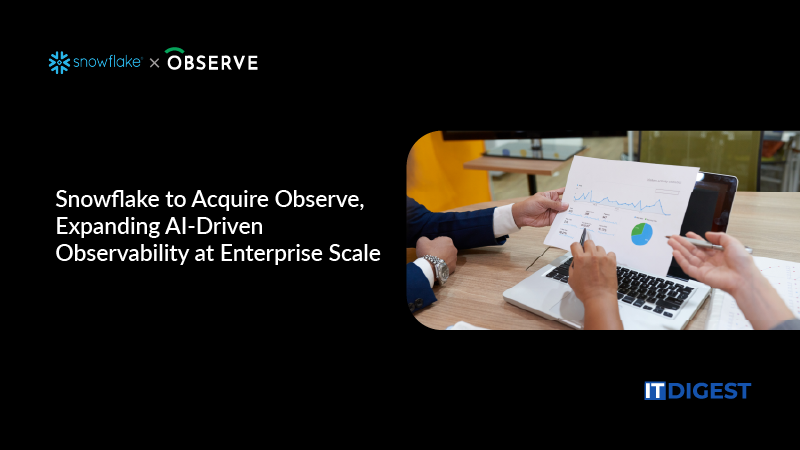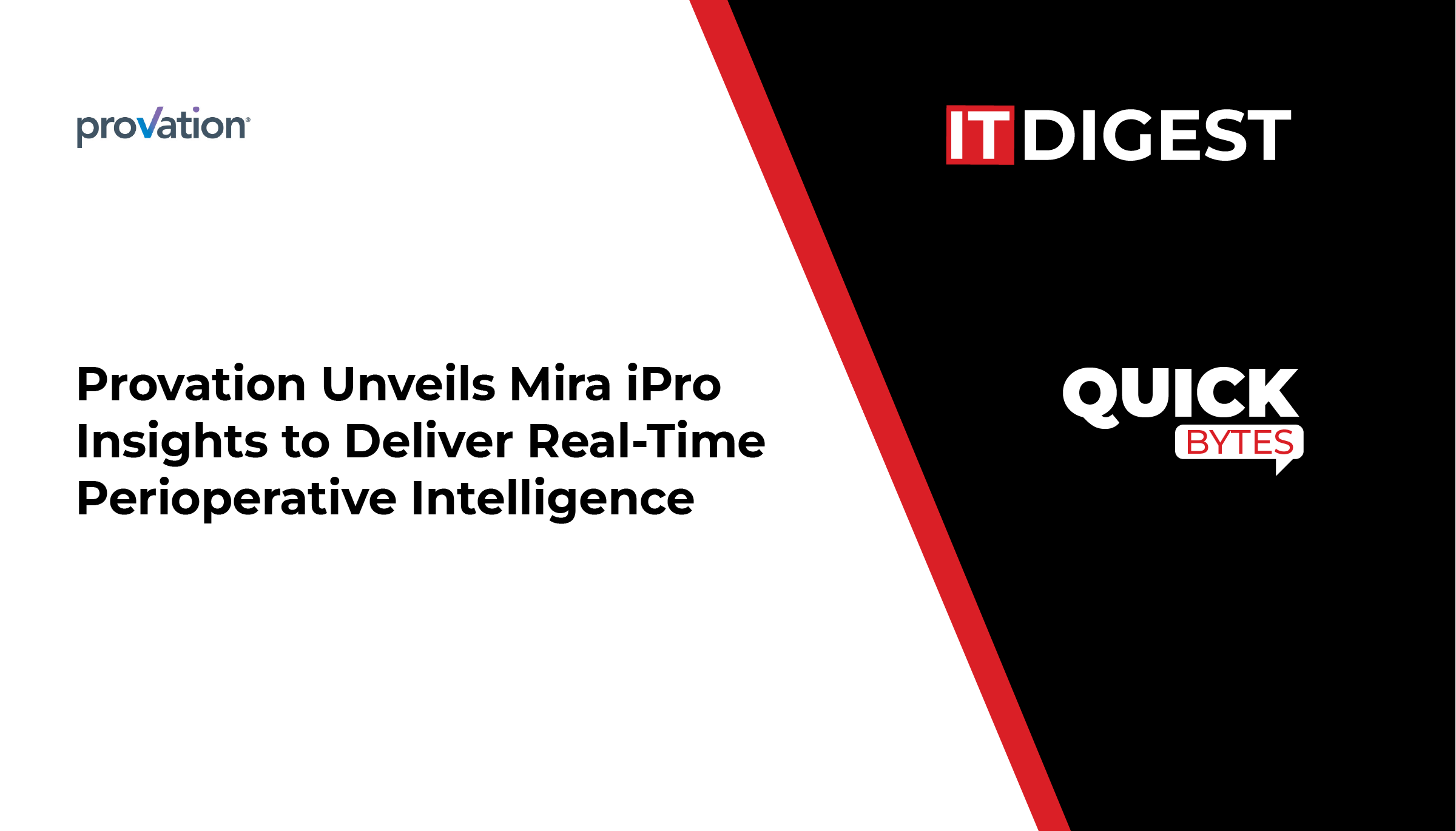With the help of an integrated DEM solution, businesses can provide enhanced user experiences across all digital channels by having end-to-end visibility and analytics.
For mobile, web, and AI-powered applications, New Relic DEM facilitates enterprises in promptly identifying and resolving user friction points.
July 10, 2024, 09:00 AM Eastern Daylight Time
New Relic, the intelligent observability platform, has launched the industry’s first fully integrated, AI-driven Digital Experience Monitoring (DEM) solution. This solution optimizes app performance and proactively prevents interruptions in digital experiences. The enterprise-grade solution offers end-to-end visibility and real-time insights across mobile, web, and AI apps. It enables organizations to deliver high-quality digital experiences across all touchpoints, with new features like New Relic mobile user journeys, New Relic mobile logs, and enhancements to New Relic session replay.
DEM is crucial for AI adoption
Interruptions in digital experiences—such as slow-loading apps—can erode customer satisfaction. These interruptions cause customers to abandon carts, leave negative reviews, and lower conversion rates. Fast-evolving AI technologies like chatGPT can exacerbate these issues, producing unreliable results and damaging brand reputation. New Relic DEM monitors real user interactions across all applications, including AI apps, identifying incorrect AI responses and user friction points. This ensures frictionless, consistent experiences, allowing enterprises to adopt AI with confidence.
Also Read: Artificial Intelligence in Cybersecurity: Defending the Digital Fortress
Integrated DEM delivers real-time insights
Most enterprises struggle with disjointed user monitoring solutions. New Relic DEM is the only integrated solution combining real user monitoring (RUM), browser monitoring, mobile monitoring, synthetic monitoring, APM 360, errors inbox, and AI monitoring in one platform. This provides an end-to-end view of the customer experience and insights into the entire application stack. It helps measure the health and performance of applications, networks, and infrastructure from a user perspective. It pinpoints the root causes of issues, allowing for quick resolution. It also helps understand user behavior and journeys, aiding in designing features that drive engagement.
“No enterprise wants to deal with unhappy customers or, worse, lose them,” said New Relic Chief Product Officer Manav Khurana. “By using a combined DEM and APM solution that is AI-powered, we can prevent user issues, manage incidents more efficiently, and continuously improve experiences. When all monitoring data is in one place, businesses get clearer insights that help them solve problems faster and better. This doesn’t just help enterprises make their customers happier but also allows them to run smoother operations and drive business success.”
Advanced DEM Capabilities of New Relic Enable Massive Business Growth
- Better insights at a low cost: The only session replay solution that automatically records 100% of occurrences is provided by New Relic. Without incurring the costs of recording every session, it captures crucial user actions preceding every occurrence, offering better insights.
- Provides most extensive list of platforms for mobile devices: Numerous platforms, including iOS, Android, and watchOS, as well as well-known hybrid frameworks, like Xamarin,.NET MAUI, React Native, Flutter, Cordova, and Ionic Capacitor, are supported by New Relic. With the help of this all-inclusive mobile log management, businesses can proactively address problems that impact consumers by identifying and reducing risks throughout the mobile ecosystem.
- Practical user journeys with no duplicate events: The only solution for mobile user journeys that offer dynamic, automated, and nonlinear charts without duplicate events. It provides comprehensive insights that go beyond simple page visits, such as handled errors, HTTP events, and breadcrumbs, which speed up problem-solving and improve mobile user experiences.

































